Dong Thanh Thuy Quan Bridge, also known as Luong Y Bridge, with 13 cannons placed on the bridge wall - Photo: THAI LOC
Bridge Fortress
In June 2020, when the houses built on the citadel were cleared, two small arched doors on the two walls on both sides of Dong Thanh Thuy Quan bridge were revealed, and the interested public paid attention to the special features of this important military complex. Located in the center of the entire complex is the "bridge fortress" Dong Thanh Thuy Quan.
Dong Thanh Thuy Quan arch bridge crosses the last section of Ngu Ha river, nearly 68m long, the body is built of brick, the clear arch is made of stone. The two railings are made of brick and plastered differently: the railing outside the citadel is 1.5m high and has 13 gun mounts on it to place cannons; the railing inside the citadel is 1.05m high.
The inside of the bridge body is two stacked stone pillars located on both sides of the waterway, with a recessed edge and a concave top used to place a lever to open and close the waterway door below.
According to the stele on Ngu Ha - the royal decree of Emperor Minh Mang, the bridge was originally made of wood in 1808, named Thanh Long. In 1831, the king ordered it to be built of bricks and stones, named Dong Thanh Thuy Quan: "In the fourth month of the 11th year of Minh Mang, at the place where Ngu Ha flows east out of the Capital, there was originally a wooden bridge named Thanh Long, but it was also ordered to be replaced with stone.
Under the bridge, there was a gate used as a gate. On the bridge, on the protective railing, there were 13 gates used to fire cannons. The bridge was renamed Dong Thanh Thuy Quan.
Nguyen Dynasty historical documents show that in the past, the bridge had 13 cannons placed on the eastern bridge wall. Together with Dong Vinh fortress and the wall section adjacent to Dong Phu fortress, it was guarded by the Tien Bao Nhi guard of Tien Quan and the Hau Bao Nhat guard of Hau Quan.
According to the Nguyen Dynasty's regulations, at around 9 p.m., after two signal shots, the wooden gate would be lowered and closed. At around 5 a.m., also after two signal shots, the water gate would be raised to allow boats to pass through.
Fieldwork in this area around 1924, Lieutenant Colonel Ardant Du Picq believed that along with the 13 cannons on the bridge, the two arches on either side of the bridge (revealed in 2020) were likely also where two cannons were located.
Nearby are two fortresses Dong Vinh and Dong Phu, which were also designed with many artillery positions to coordinate support for the central fortress, Dong Thanh Thuy Quan bridge, in keeping with the especially important defensive nature at the waterway gate into and out of the Citadel.
Unique architecture
Located between the western section of the Citadel and right on the Ngu Ha waterway flowing into the Citadel is the Tay Thanh Thuy Quan "bridge fortress", a special structure of the ancient Hue defense system. Although the bunker built during the anti-American war is pitch black, it is located right in the middle of the bridge.
However, the beauty and uniqueness of this architecture is still worth admiring from afar. Below is the waterway which is a stone arch. Above, the path and railing of the bridge body are specially designed: going uphill, curving towards the wall and then gently sloping down. The inside still has a system to place the lever to open and close the waterway. The "Thuy Quan" sign made of pressure stone is right in the middle of the bridge wall. The wall above has three gunners to place cannons.
On the brick wall that gradually rises and curves against the wall, there are four stone pillars with holes on the top. What few people expect is that this is the part that supports an ancient castle with a roof, which is both a watchtower for the waterway gate, a fortress with three cannons, a shelter for the soldiers on guard, and a place where the army can rest on the way to transport troops along the Citadel...
The book Dai Nam Nhat Thong Chi recorded that the bridge was built in 1826 and "a cannon factory was built on the bridge". The book Dai Nam Thuc Luc, in the section on the regulations for guarding the Citadel in March of the 8th year of Minh Mang (1827) recorded: "The two guards Long Vo Hau and Ho Oai Trung Quan Thi Noi guarded Tay An tower to the Tay Duc tower, and the Thuy Quan gate tower".
The section on the citadel regulations in the capital in the book "Kham Dinh Dai Nam Hoi Dien Su Le" added: "To the west there is a water gate, on top of which is a floor and a gun factory, the outside is 10 truong long, the inside is 20 truong long"... Nguyen's history also said that in the past there were always 20 soldiers on duty to guard this place.
No drawings or photographs of this building have been found, and there are no historical records of when or why it disappeared. However, it disappeared quite early, around the second half of the 19th century. Because until 1924, the remaining traces were not clear.
Lieutenant Colonel Ardant Du Picq, in his research work The Fortresses of Hue Citadel published in the BAVH journal of the Association for the Study of Ancient Cities (AAVH) in 1924, described in detail the construction techniques and architectural form with praise for the beauty of this work. However, the author did not mention the tower that the Nguyen Dynasty history books had mentioned.
Tay Thanh Thuy Quan Bridge seen from above - Photo: NHAT LINH
Sacred place
Nowadays, people from near and far still consider Tay Thanh Thuy Quan bridge a sacred place, often choosing it to "entrust" many offerings. Many days, there are many "offering trays" displayed here, including betel and areca nuts, incense, flowers, rice balls, boiled eggs...
Mixed in with the grass and bushes are many old and new artifacts, including incense burners, worshiping statues of Ong Dia, Ong Tao..., even though they are constantly cleaned by the sanitation unit. On the first and fifteenth of each month, on the death anniversary or the ghost worshiping ceremony..., passersby can easily see people coming here to burn incense and pray.
In fact, even in ancient times, people still considered Tay Thanh Thuy Quan a sacred place. The person in charge of primary education of the French colonial government in Vietnam, H. Délétie, also recounted an unbelievable story related to the Tay Thanh Thuy Quan bridge, published in BAVH1922:
"It is said that in the past, at midnight, the people around here often saw red clouds pouring down from the sky, obscuring the bridge. They believed that it was a blessing god descending. Therefore, offerings were brought from everywhere to pray for wealth, sons, and health. Candidates for regional exams did not forget to bring incense, lamps, and fruits to pray for passing the exams..."
Priest L. Cadière, in his article about the capital of Hue in 1916, also described very specifically the regular worship at this bridge, organized by the guard team. He described: "They placed a bunch of bananas in front of the stone slab with the name of the bridge, considered as a place to gather the virtues of the gods, and lit a few incense sticks.
The master of ceremonies bowed four times, then stood up, bent slightly forward, clasped his hands, and closed his eyes, in a very respectful posture, and prayed fervently to the "Duke who watches over the rivers and the Thuy Quan Bridge"... Wine was poured many times into a cup placed in the middle of the stone frame, and then tea was poured. Gold and silver were burned for the god.
"Dong Thanh Thuy Quan, at the beginning of Gia Long's reign, built a wooden bridge called Thanh Long. In the 17th year of Minh Mang's reign, a brick bridge was built, a door was placed under the bridge for easy opening and closing, a railing and a cannon workshop were built on the bridge and the name was changed to its current name. Tay Thanh Thuy Quan was built in the 7th year of Minh Mang's reign, also with a door placed below, a cannon workshop was built on the bridge and the name was changed to its current name" - Dai Nam Nhat Thong Chi book under Tu Duc's reign.
----------------------
There is a place in Hue Citadel built with clean soil from the whole country: 100 palanquins from Hue, 50 palanquins from Saigon, 50 palanquins from Hanoi , 50 palanquins from Bien Hoa, 50 palanquins from Thanh Hoa, 2 palanquins from Ha Tien... That is the Xa Tac altar, the place to worship the earth god and the rice god, a sacred and most important activity of the ancient Hue royal dynasty.
Source: https://tuoitre.vn/chuyen-la-kinh-thanh-hue-ky-3-phao-dai-cau-2025052610011855.htm




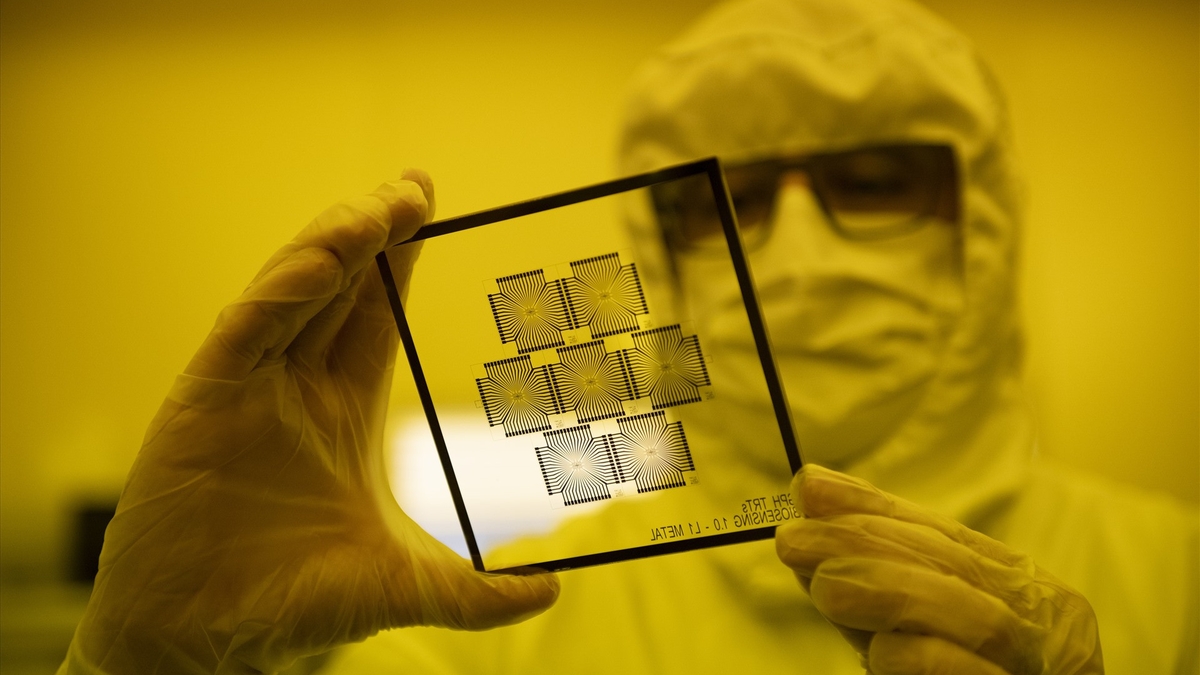

![[Photo] Da Nang: Hundreds of people join hands to clean up a vital tourist route after storm No. 13](https://vphoto.vietnam.vn/thumb/1200x675/vietnam/resource/IMAGE/2025/11/07/1762491638903_image-3-1353-jpg.webp)



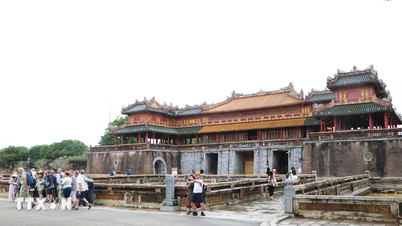



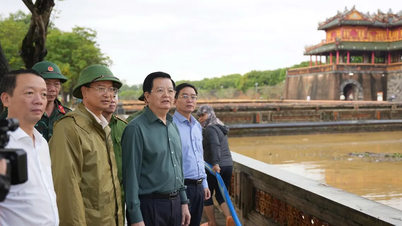




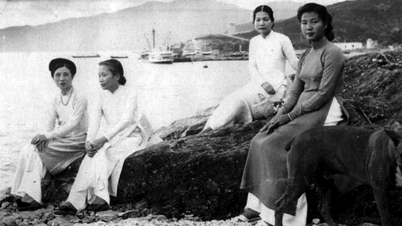




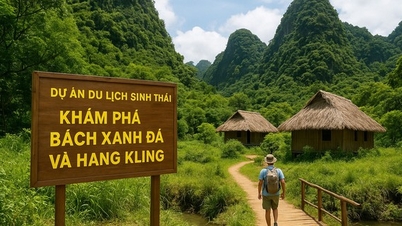




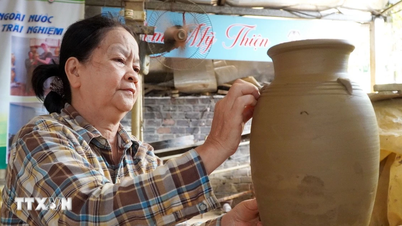







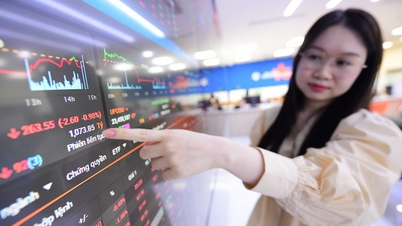




































































Comment (0)